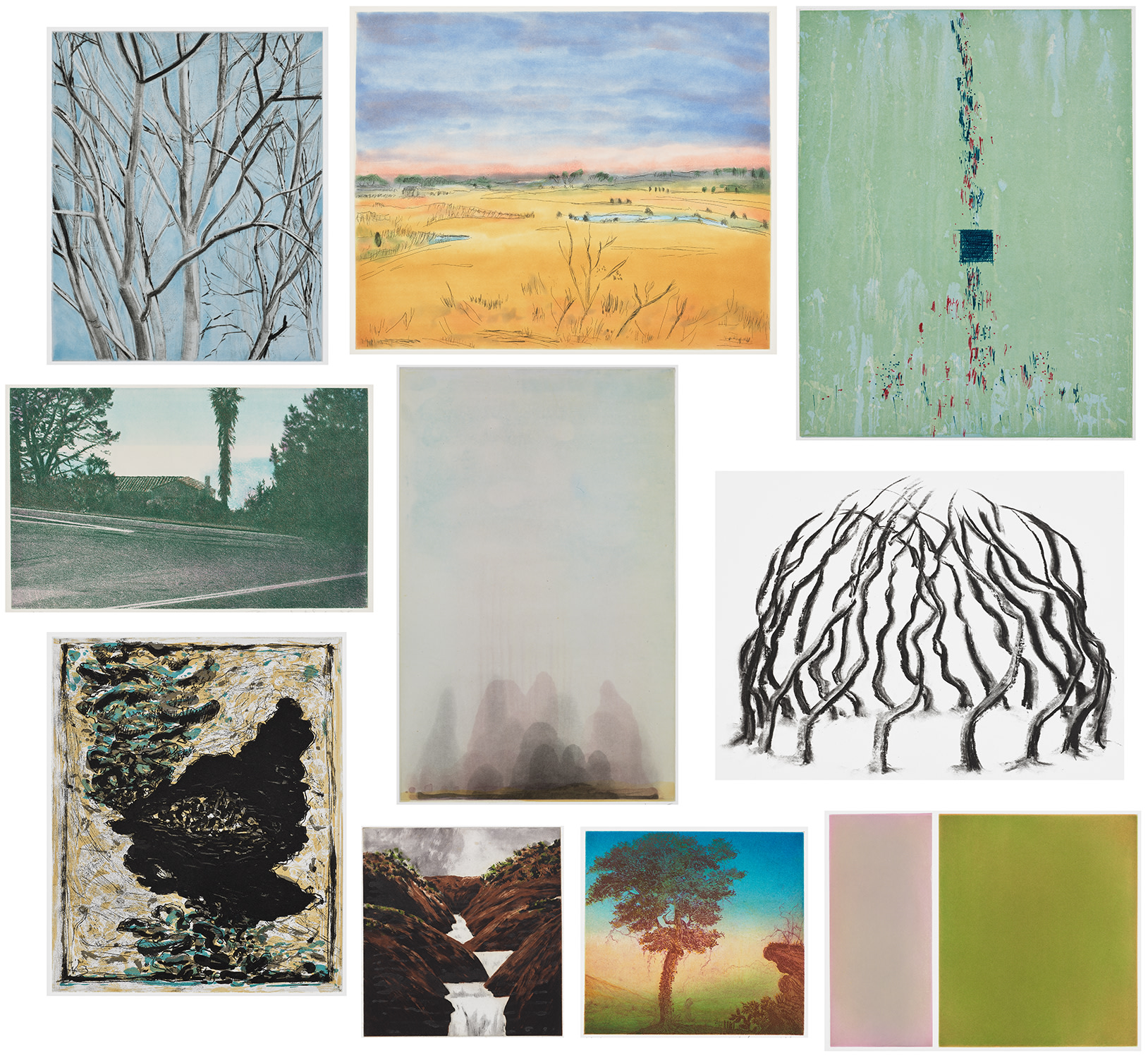
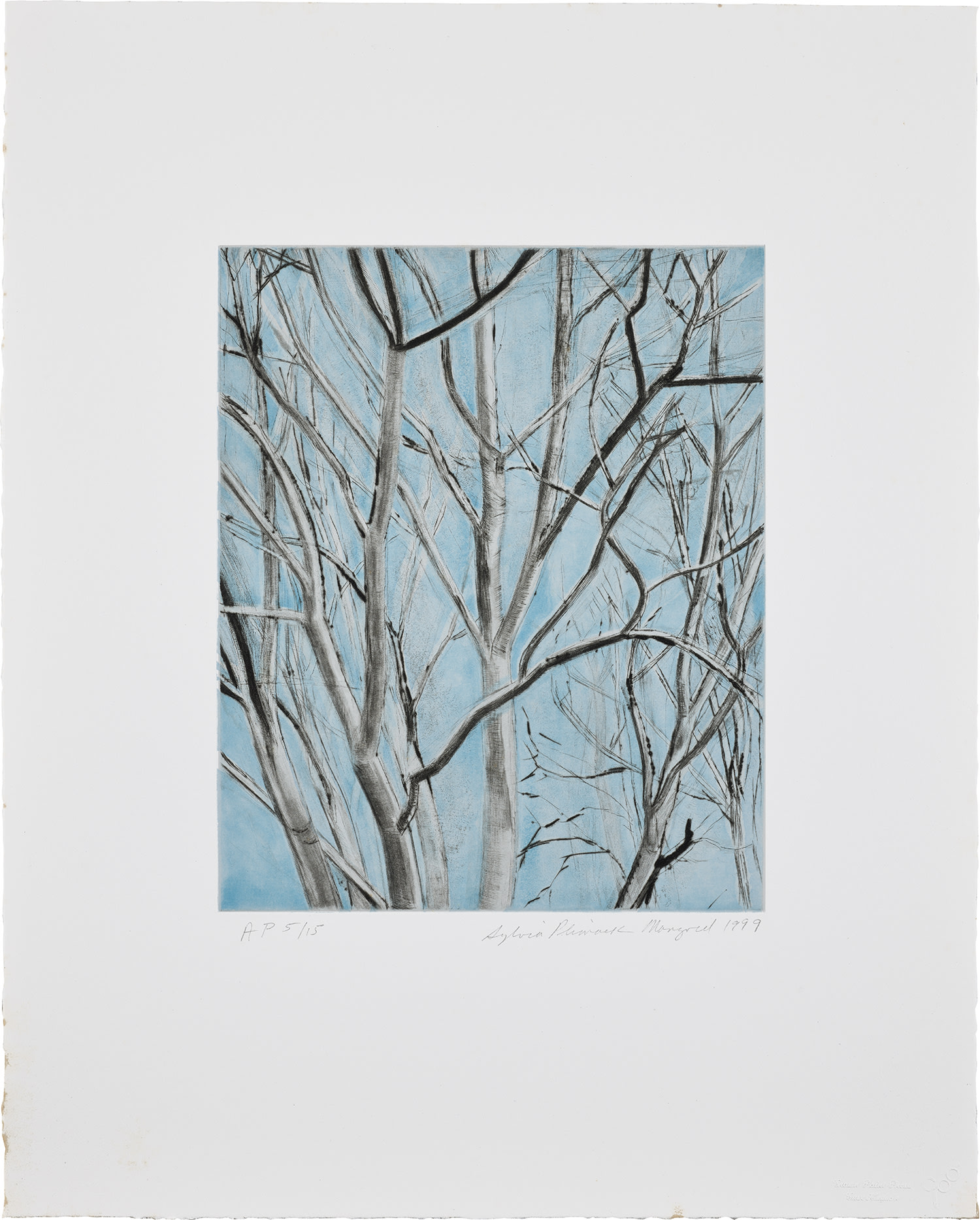
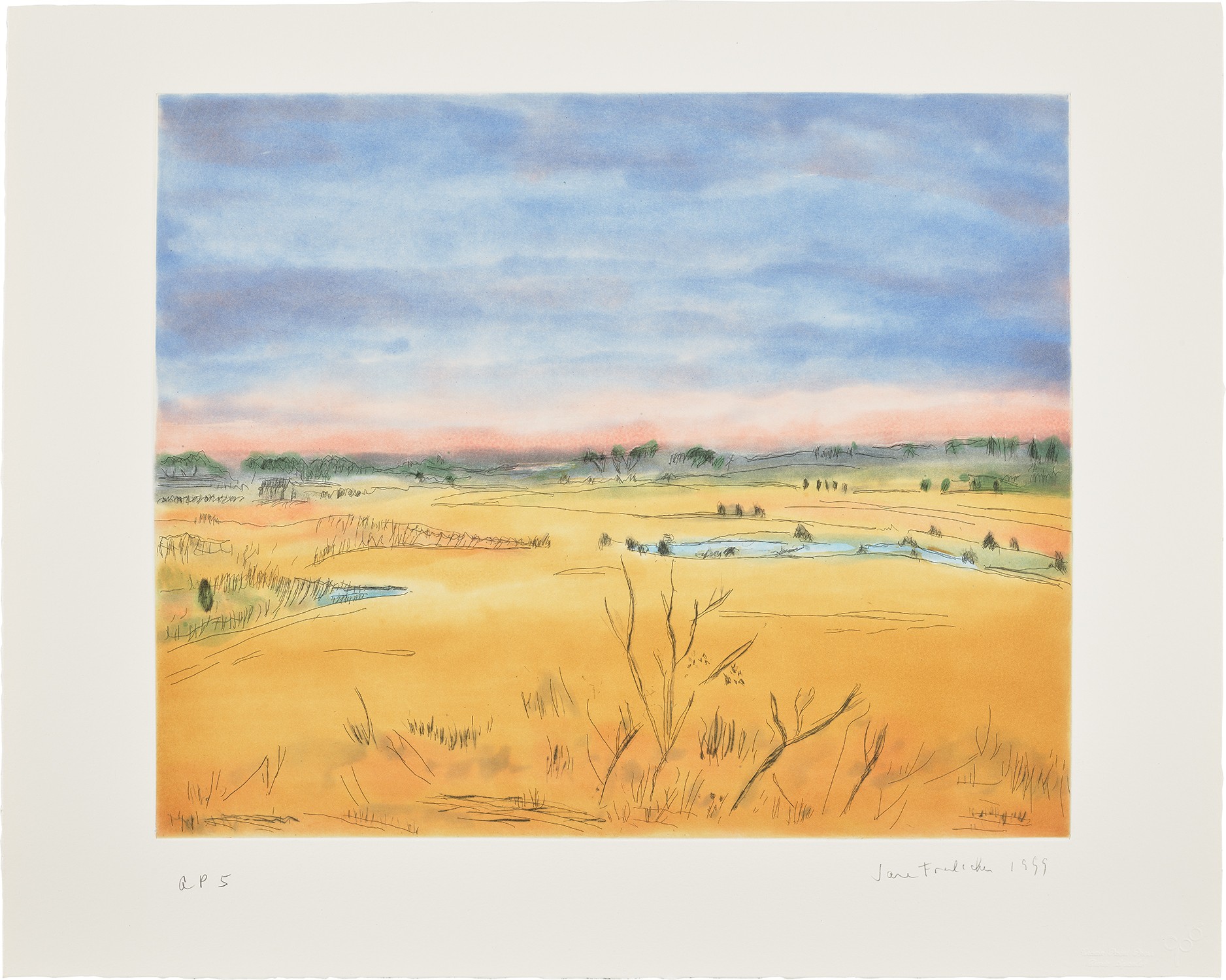
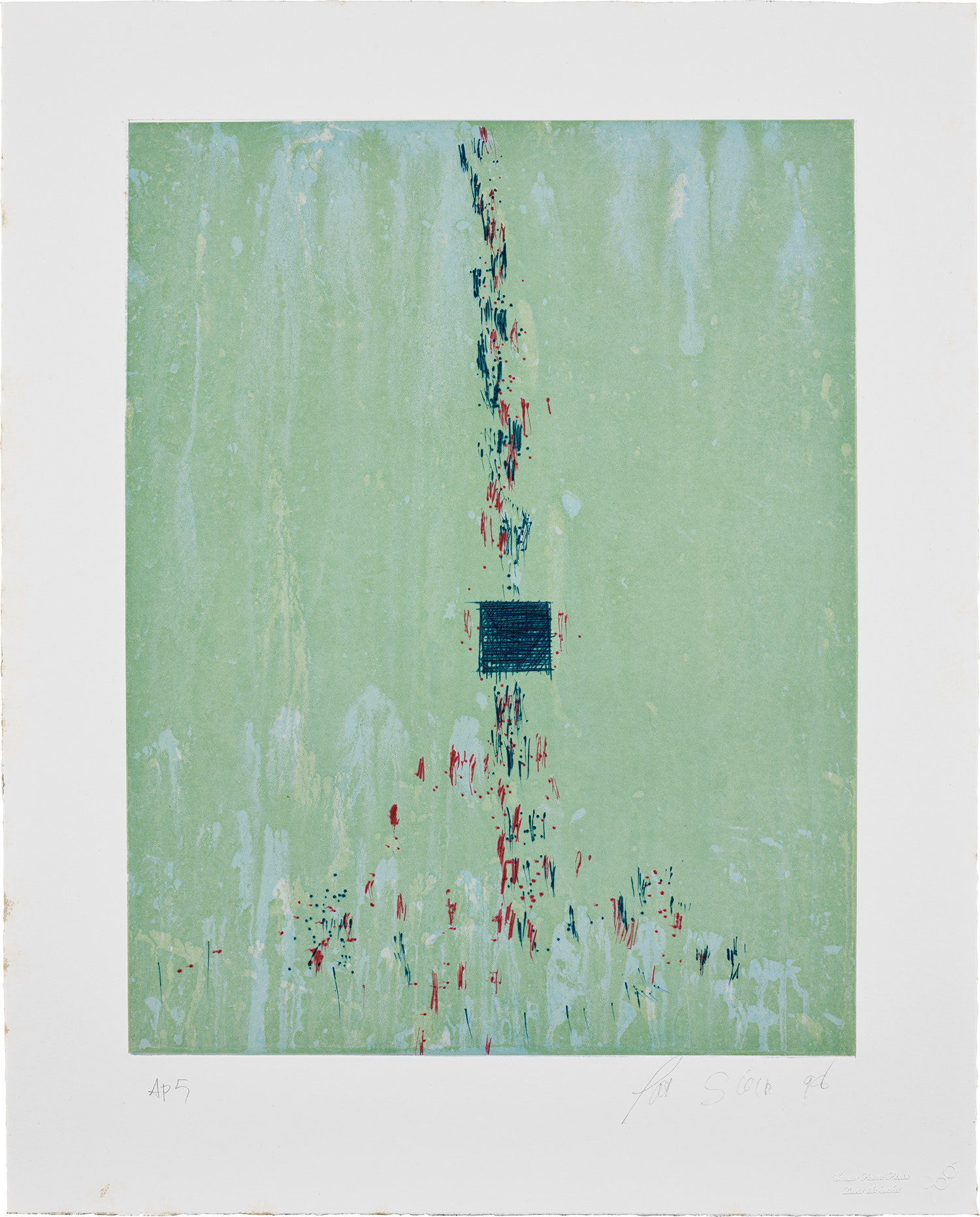
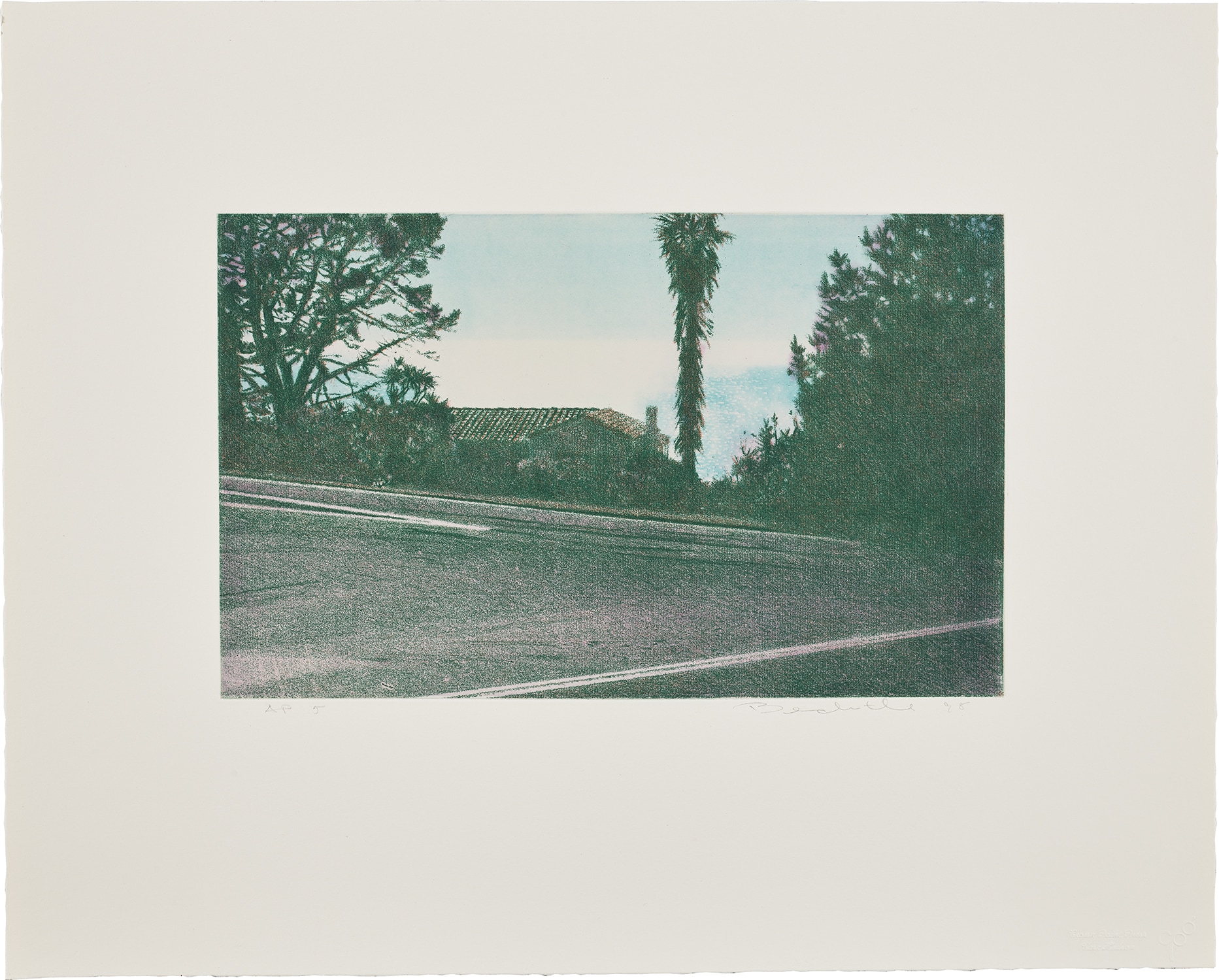
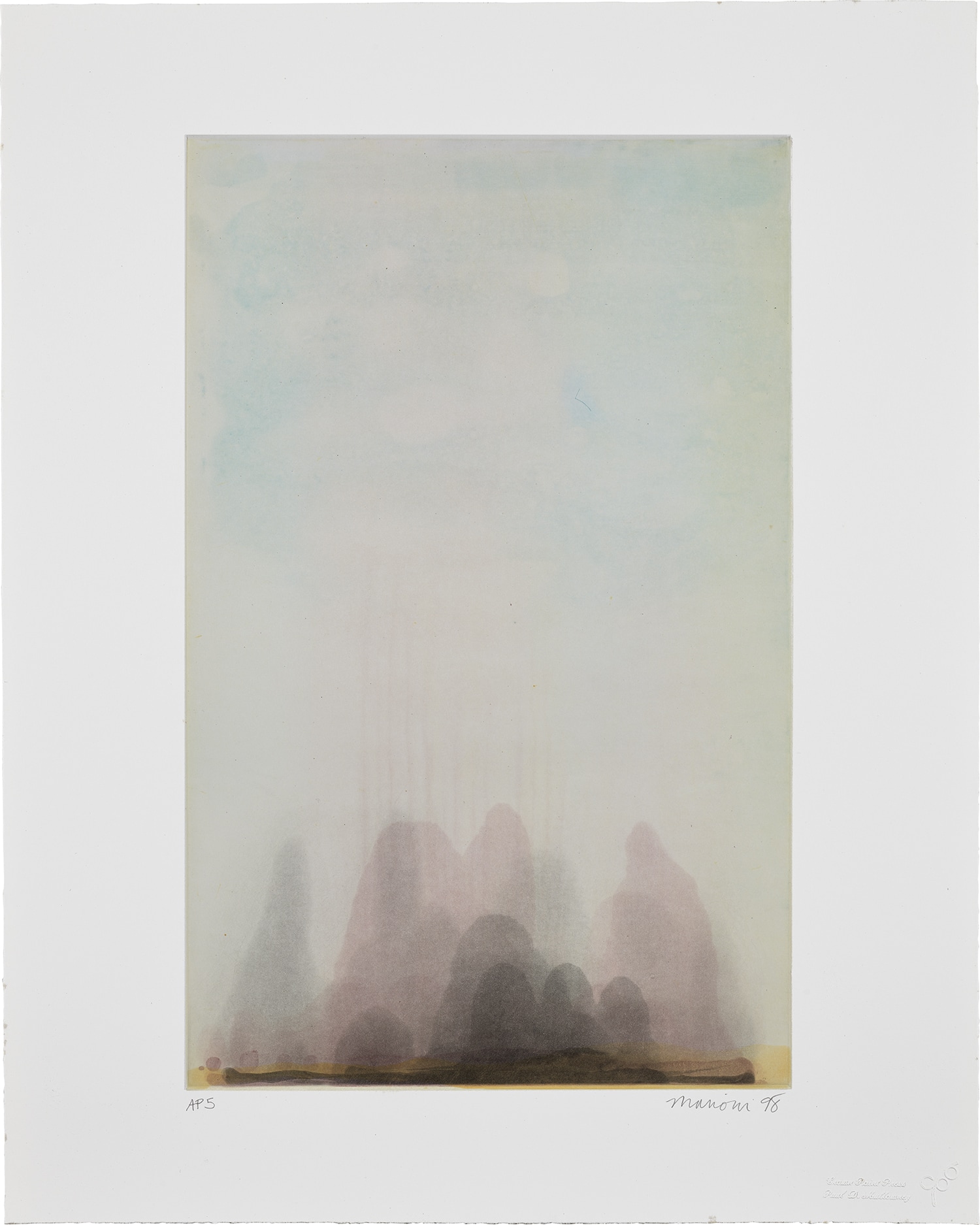


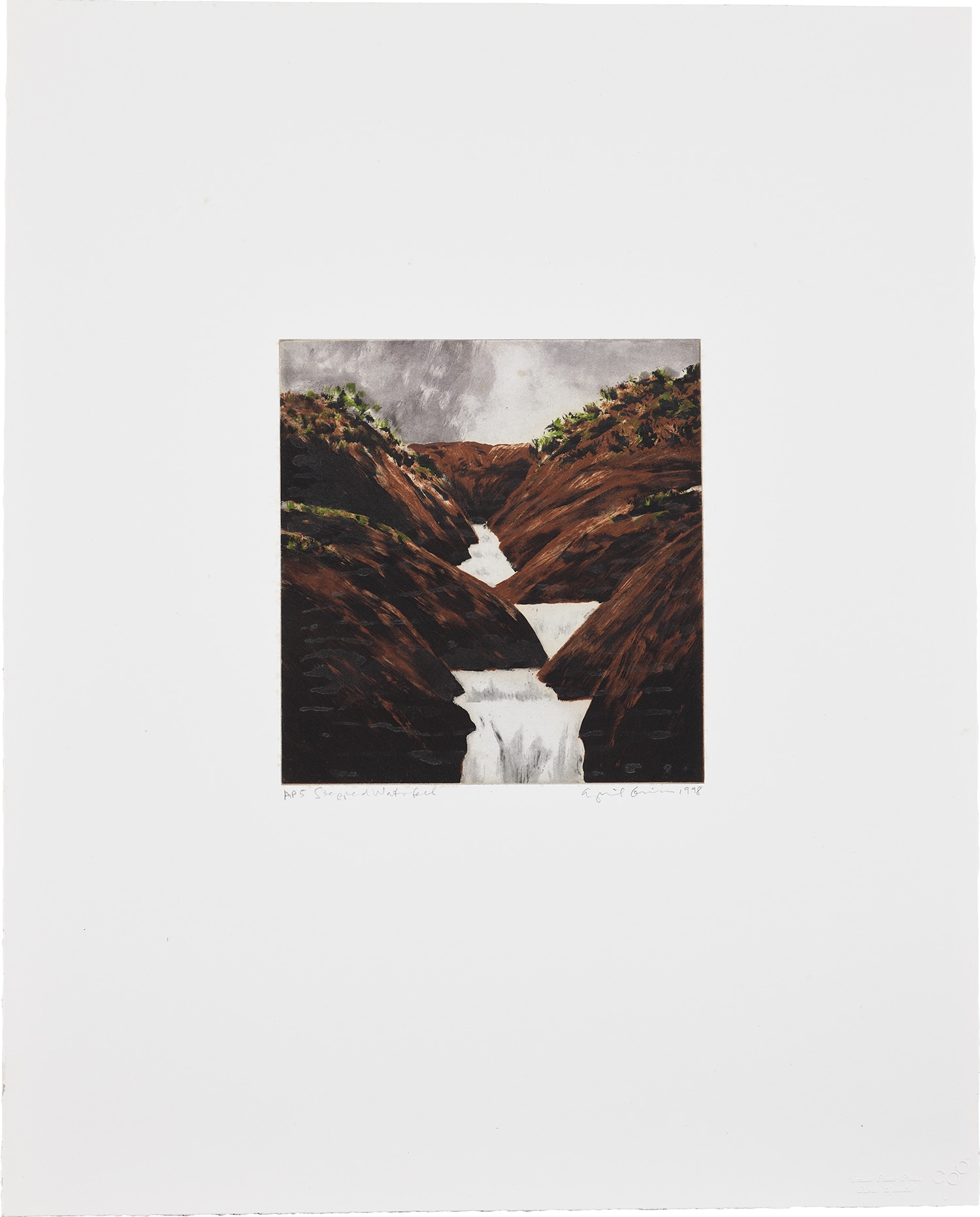

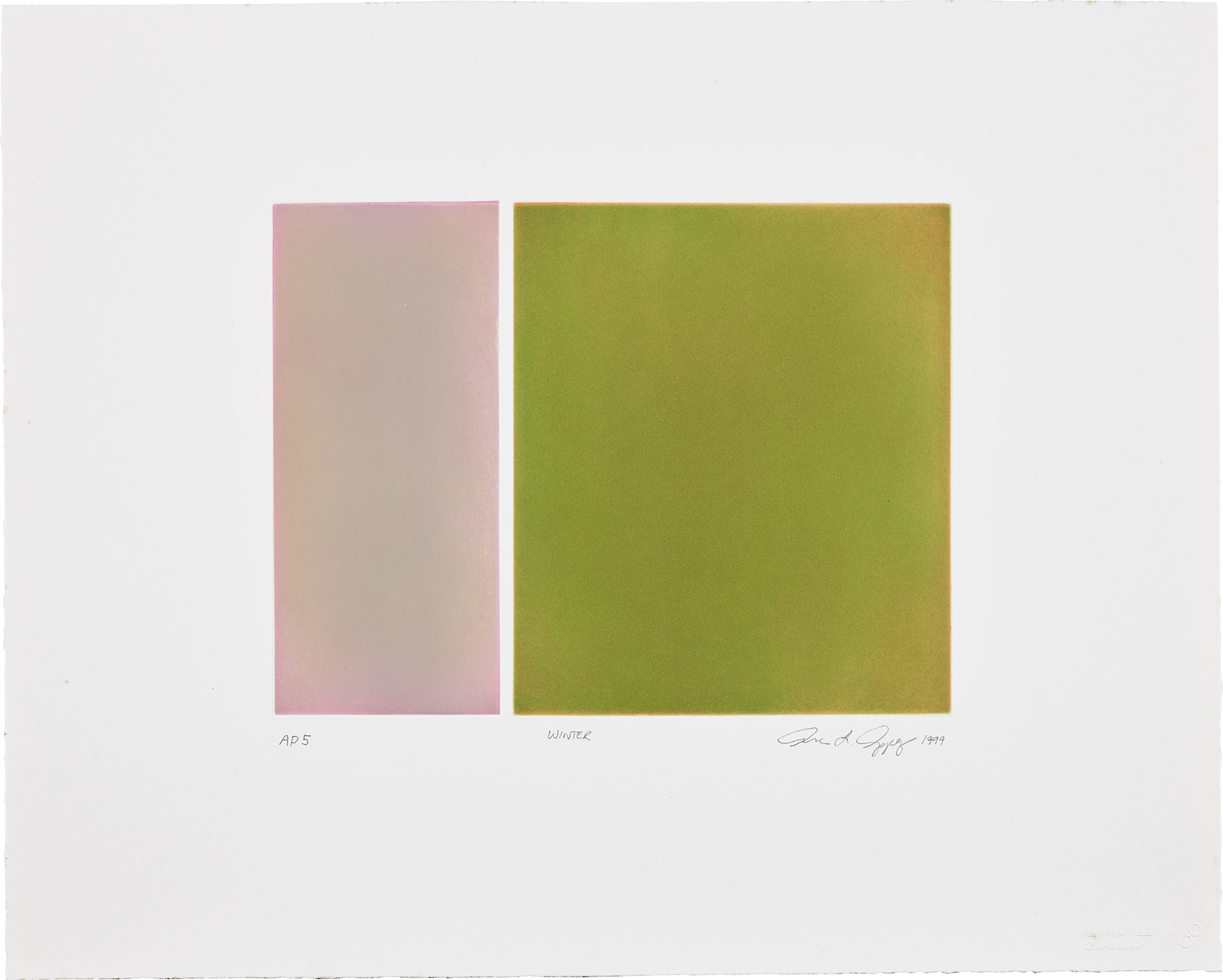











Property from the Robert Bechtle and Whitney Chadwick Trust, San Francisco, California
29
Various Artists
Why Draw a Landscape?
1999
The set of 10 etchings in colors and in black and white, on white and off-white wove papers, with full margins, with title page, all loose (as issued), all contained in the original green linen portfolio. Ed Ruscha, Van Ness, Santa Monica, Vine, Melrose is being offered as lot 71.
all I. various sizes
all S. 20 x 16 in. (50.8 x 40.6 cm)
portfolio 21 x 16 3/4 x 1 in. (53.3 x 42.5 x 2.5 cm)
all S. 20 x 16 in. (50.8 x 40.6 cm)
portfolio 21 x 16 3/4 x 1 in. (53.3 x 42.5 x 2.5 cm)
All signed, dated and numbered 'AP 5/15' in pencil (an artist's proof set, 14 were in portfolios, the edition was 50, 20 were in portfolios), published by Crown Point Press, San Francisco (with their blindstamp).